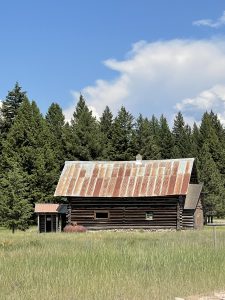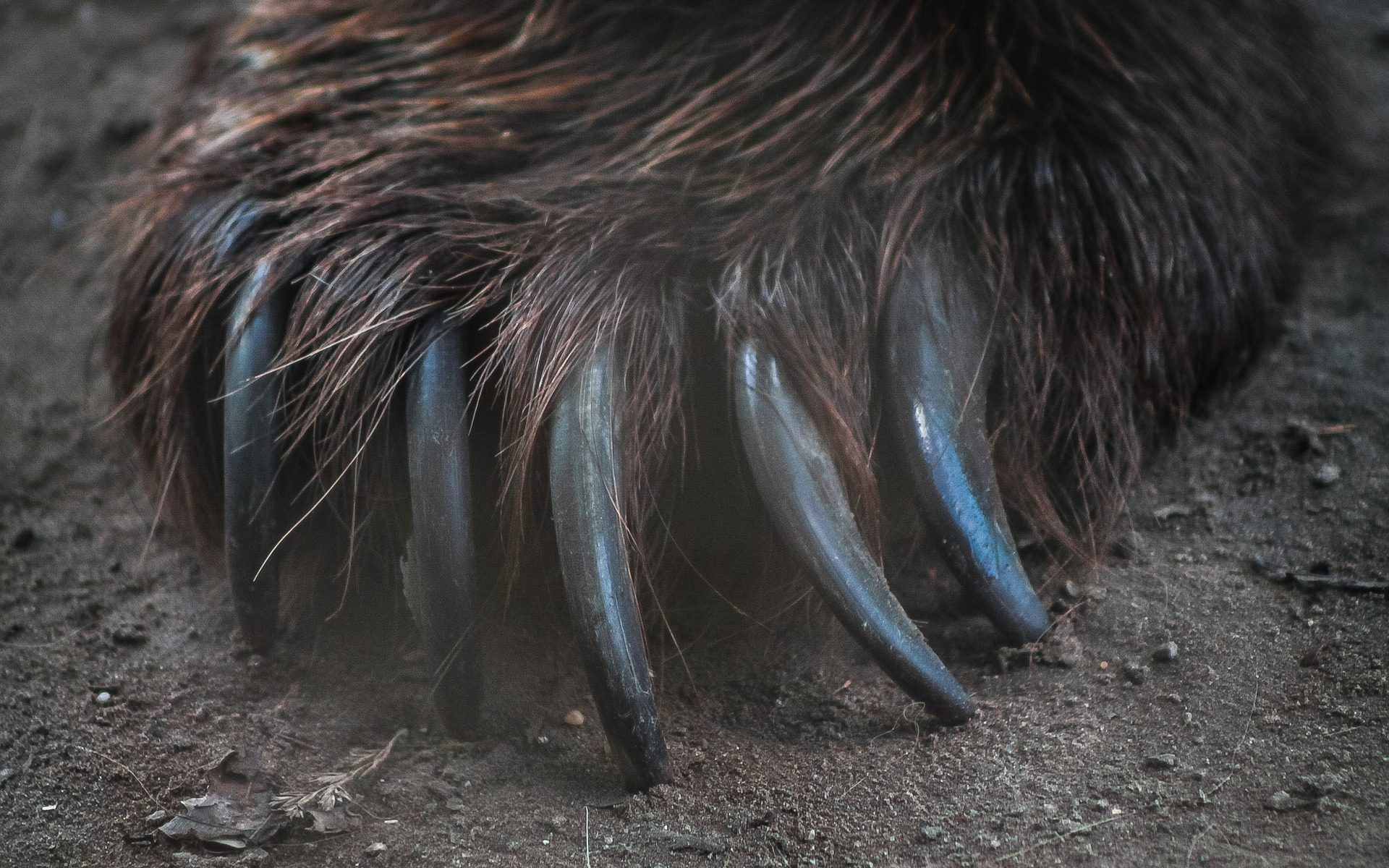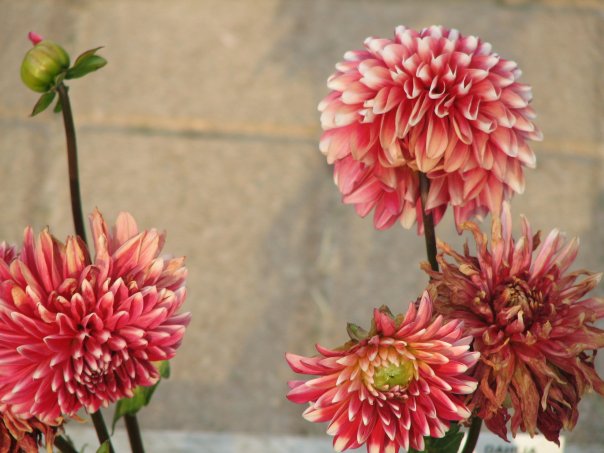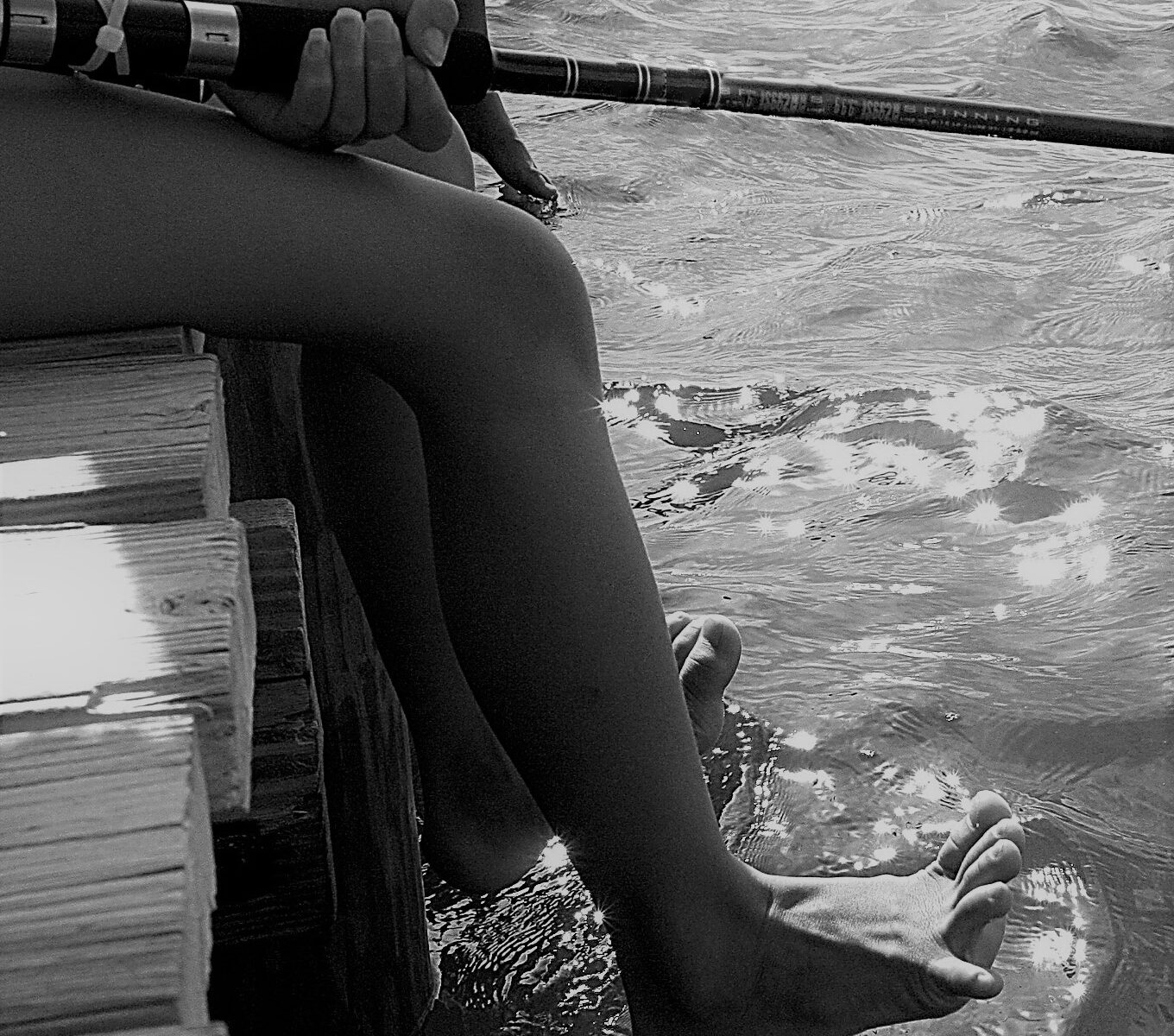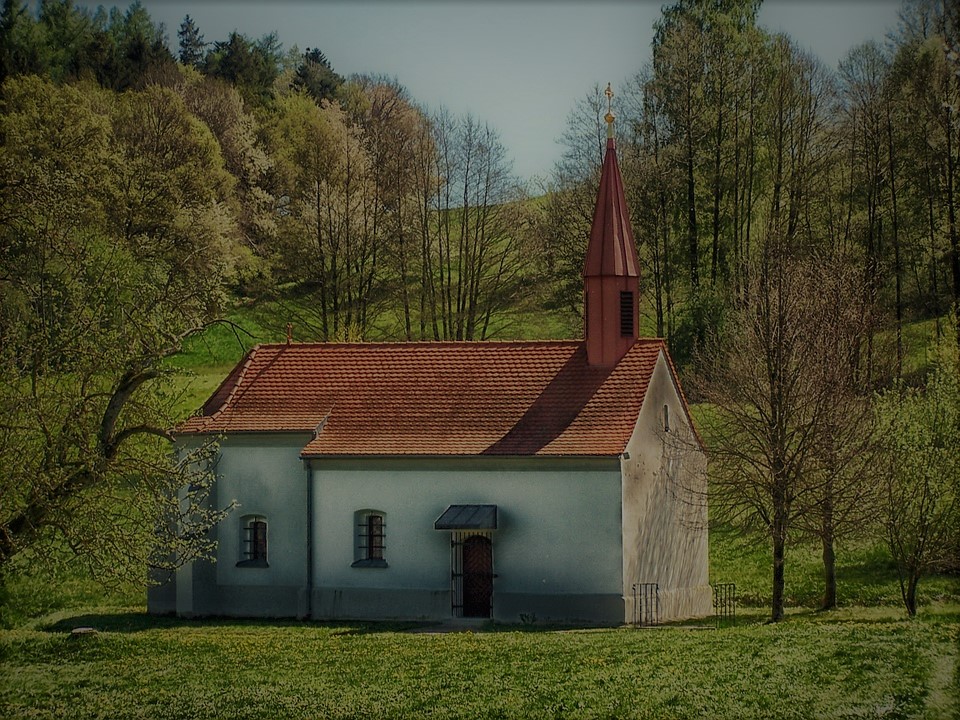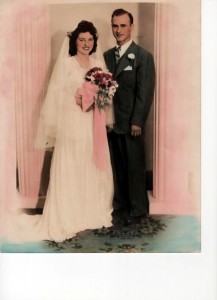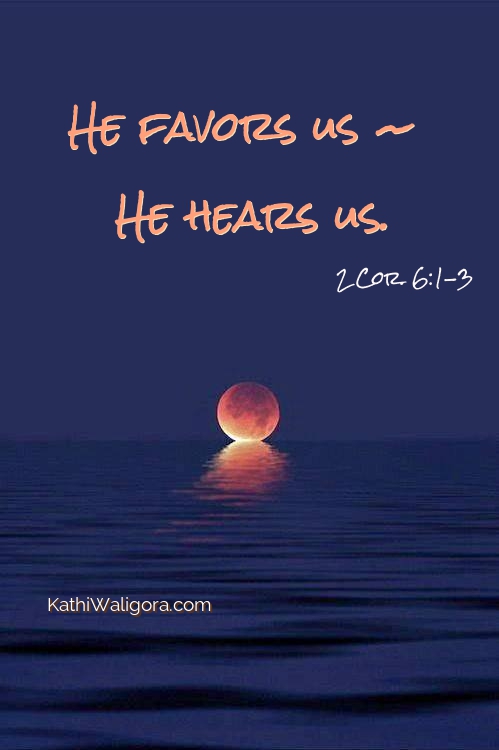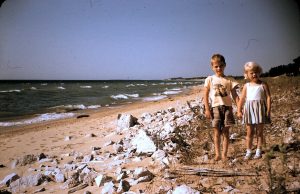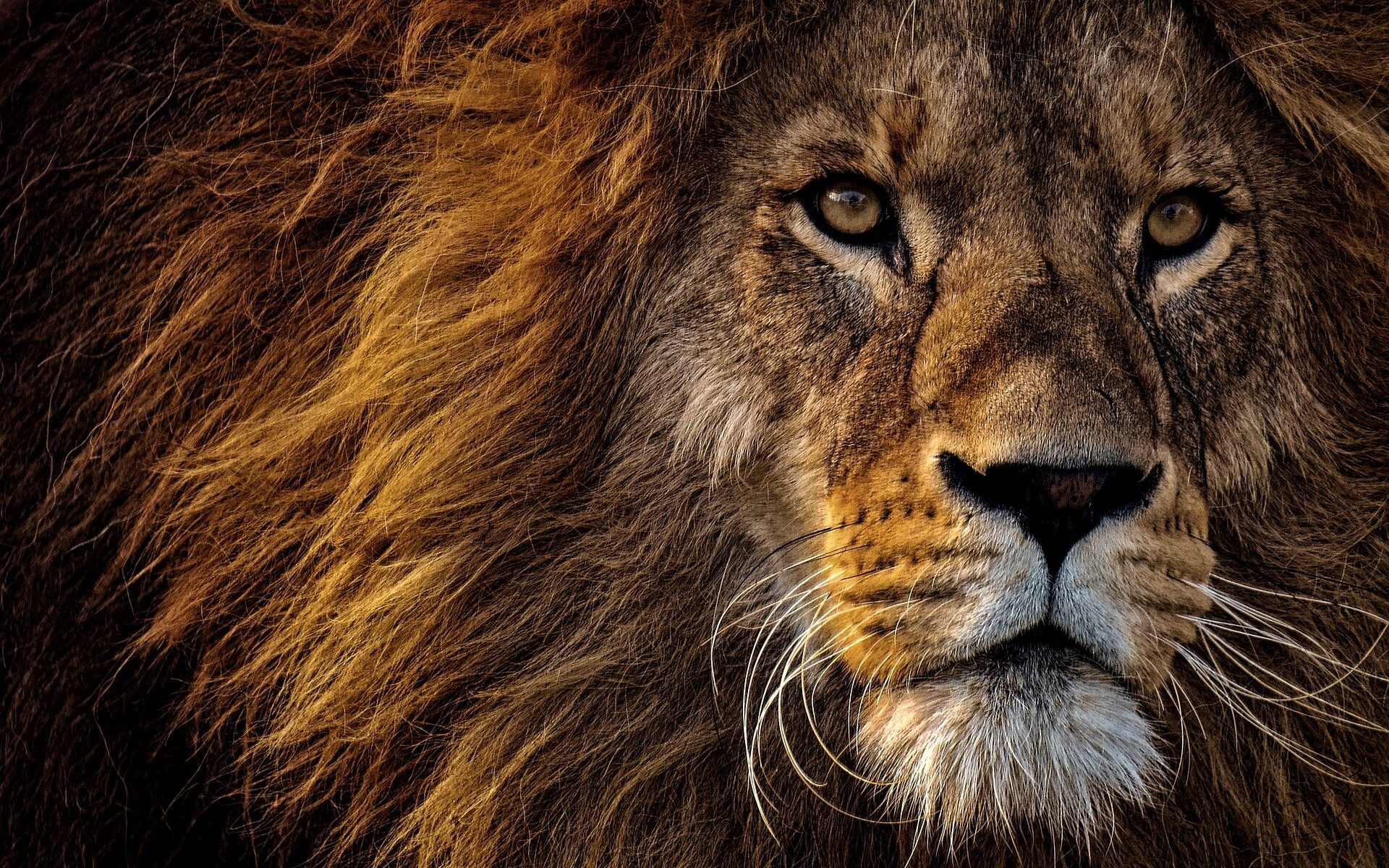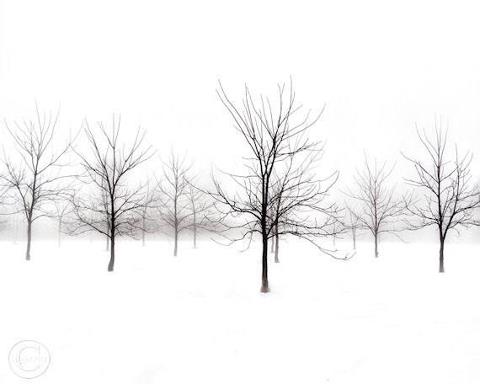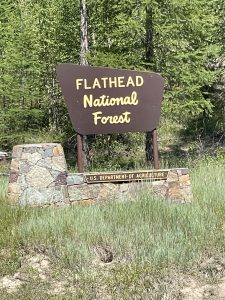 Our second day at Glacier National Park was a bit more relaxing than the first, as we took a lovely drive and a relaxing boat ride. (Read about our first day here.)
Our second day at Glacier National Park was a bit more relaxing than the first, as we took a lovely drive and a relaxing boat ride. (Read about our first day here.)
There’s a town far north on the west side of the park called Polebridge, just 20 miles from the Canadian border.